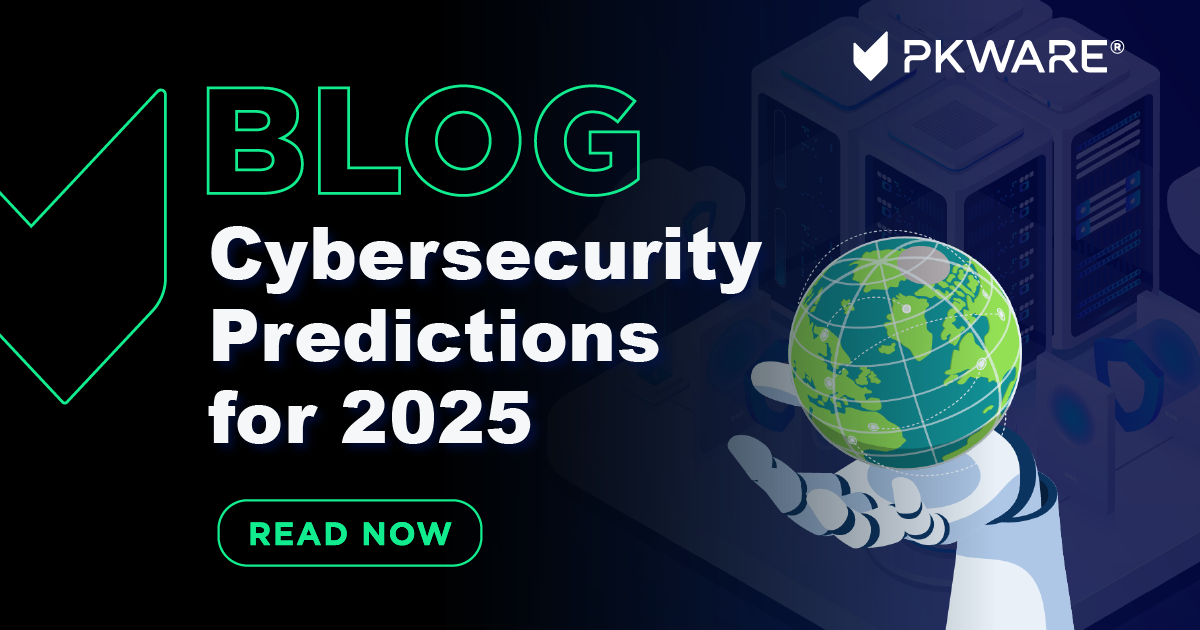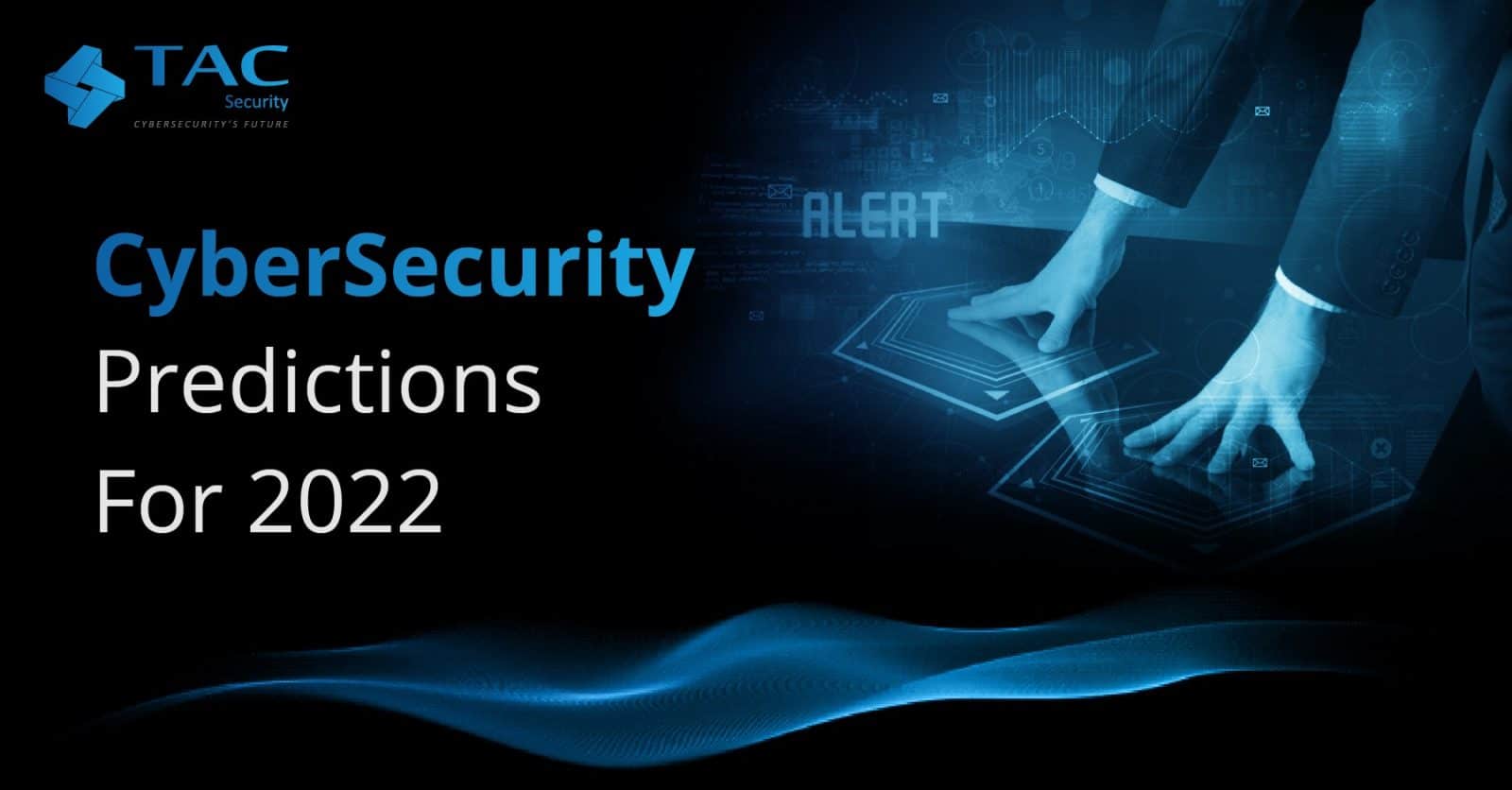Future-Proof Your Business: Secret Cybersecurity Predictions You Required to Know
As organizations confront the increasing speed of digital change, understanding the developing landscape of cybersecurity is critical for lasting strength. Predictions recommend a considerable uptick in AI-driven cyber hazards, along with increased regulative analysis and the crucial shift towards Absolutely no Trust Style.
Increase of AI-Driven Cyber Hazards

Among one of the most worrying growths is making use of AI in developing deepfakes and phishing schemes that are extremely persuading. Cybercriminals can produce sound and video clip web content, posing execs or relied on individuals, to manipulate victims into revealing sensitive info or accrediting fraudulent purchases. Furthermore, AI-driven malware can adjust in real-time to evade detection by standard protection actions.
Organizations must recognize the urgent requirement to bolster their cybersecurity structures to deal with these advancing risks. This consists of investing in advanced danger detection systems, cultivating a society of cybersecurity recognition, and applying durable event action strategies. As the landscape of cyber hazards transforms, positive actions become essential for safeguarding delicate information and keeping business integrity in a significantly digital globe.
Boosted Emphasis on Information Personal Privacy
Just how can organizations efficiently navigate the expanding emphasis on data personal privacy in today's digital landscape? As regulatory frameworks advance and customer assumptions rise, services should prioritize robust information personal privacy techniques.
Spending in employee training is essential, as personnel awareness directly impacts data defense. Additionally, leveraging technology to improve information safety is necessary.
Collaboration with legal and IT groups is vital to line up data privacy campaigns with company objectives. Organizations must additionally engage with stakeholders, including consumers, to communicate their dedication to information privacy transparently. By proactively attending to information privacy issues, businesses can build trust fund and boost their credibility, inevitably adding to long-lasting success in a progressively inspected digital environment.
The Change to No Count On Design
In action to the advancing risk landscape, organizations are significantly taking on Zero Trust Design (ZTA) as a basic cybersecurity technique. This technique is asserted on the principle of "never count on, always validate," which mandates continual Web Site confirmation of customer identifications, tools, and data, despite their location within or outside the network perimeter.
Transitioning to ZTA involves carrying out identification and gain access to monitoring (IAM) services, micro-segmentation, and least-privilege accessibility controls. By granularly regulating accessibility to resources, companies can alleviate the risk of insider threats and minimize the effect of exterior violations. ZTA includes durable monitoring and analytics abilities, enabling organizations to detect and react to abnormalities in real-time.

The shift to ZTA is also sustained by the raising fostering of cloud services and remote job, which have actually broadened the assault surface area (Deepfake Social Engineering Attacks). Conventional perimeter-based protection versions are inadequate in this brand-new landscape, making ZTA a more durable and flexible structure
As cyber risks proceed to grow in other class, the fostering of Zero Trust fund concepts will be critical for organizations seeking to safeguard their assets and maintain regulative conformity while ensuring service continuity in an unsure environment.
Governing Modifications on the Horizon

Approaching policies are expected to resolve a series of concerns, consisting of information personal privacy, breach alert, and occurrence reaction procedures. The General Information Protection Regulation (GDPR) in Europe has established a precedent, and similar structures are emerging in other areas, such as the United States with the suggested federal personal privacy legislations. These laws commonly impose stringent fines for non-compliance, stressing the requirement for organizations to prioritize their cybersecurity steps.
In addition, markets such as financing, healthcare, and critical framework are most likely to deal her response with a lot more rigid requirements, showing the delicate nature of the information they take care of. Conformity will certainly not simply be a lawful responsibility yet a crucial part of structure depend on with clients and stakeholders. Organizations has to stay in advance of these changes, incorporating governing requirements into their cybersecurity techniques to make certain strength and shield their possessions effectively.
Relevance of Cybersecurity Training
Why is cybersecurity training an essential element of an organization's defense strategy? In an age where cyber threats are significantly sophisticated, companies need to identify that their employees are commonly the first line of defense. Effective cybersecurity training equips staff with the expertise to determine potential hazards, such as phishing assaults, malware, and social engineering strategies.
By cultivating a culture of safety and security recognition, companies can significantly decrease the risk of human mistake, which is a leading cause of information violations. Regular training sessions guarantee that employees stay informed concerning the most recent hazards and best practices, consequently enhancing their capacity to respond appropriately to cases.
Additionally, cybersecurity training promotes compliance with governing requirements, reducing the threat of legal repercussions and punitive damages. It also encourages workers to take possession of their duty in the company's protection framework, bring about a positive as opposed to responsive strategy to cybersecurity.
Conclusion
In verdict, the evolving landscape of cybersecurity demands positive actions to attend to emerging dangers. The rise of AI-driven assaults, coupled with enhanced information privacy problems and the change to Zero Trust Style, requires an extensive technique to safety.